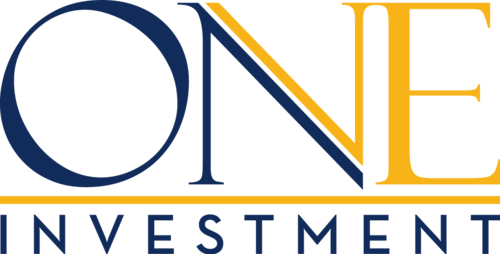Go with the flow: A straight-forward approach to cash flow planning
With so many competing priorities jockeying for a Treasurers’ time, cash flow planning can seem like a time-consuming task. However, a cash flow plan can deliver big paybacks that make it more than worth the effort.
By knowing how much cash is needed and when, municipalities can maximize the amount they have invested at any given time. This helps make the most of every dollar, because even modest investments can generate revenue that reduces pressure on taxes for longer term capital projects.
“Just get started,” advises Julie Stevens, CAO of the District of Muskoka and its former Treasurer. “You have the historical information you need to start creating a plan. Even if it isn’t perfect, you will still have a better sense of what you have available to invest.”
Suzanna Dieleman, of the Municipal Finance Officers’ Association (MFOA) and a former municipal treasurer, notes that while municipal treasurers have a good understanding of their cash flow, having it written down helps with investment planning.
The District of Muskoka developed more enhanced cash flow plans when they decided to invest under the prudent investor standard. But any municipality can benefit from identifying how much they have available to invest, and for how long. Dieleman notes that investment income is best directed to reserves and capital planning, where it can offset increases in construction costs and inflation over time.
She adds that cash flow planning is just one of several planning exercises that municipalities need to undertake to invest for capital projects. Each one helps to inform the other. The Asset Management Plan, for example, is very high level and outlines the infrastructure assets owned by the municipality and general approach to keeping them in good repair. A long-term capital plan provides a more detailed breakdown of the work that needs to be done, generally over a period of 10 years. The municipal budget then details the specific work being done over a term of about one to four years. The cash flow plan translates all of this information to forecast how much money is needed and when.
Dieleman offers five best practices, drawn from a guide developed jointly by MFOA and Local Authority Services (LAS), the business services arm of the Association of Municipalities of Ontario:
- Focus on major sources and uses of funds. You don’t need to track every dollar. Capturing about 80% of revenues and expenditures will help to closely approximate cash flow needs.
- Start with analysis of all revenues and expenditures. Revenue sources includes taxes, grants, user fees and short-term investments. Expenditures will include things like payroll, accounts payable, capital projects, major service contracts, and debt repayments.
- Use historical information to identify trends and make informed assumptions about the future. For example, property tax installments, water/sewer billing cycles and provincial grant/subsidy schedules help inform when revenue is expected.
- Create short, medium and long-term forecasts. A more detailed forecast will be needed on a 30-day basis – with daily in and out flow. Less detailed analysis for the fiscal year will track monthly cash flow and broad forecasts for the five to 10-year period will include long-term capital budgets. Longer-term forecasts need to identify expected changes over time, such as inflation, salary negotiations and property tax increases.
- Consult with departments to develop reasonable expectations of planned expenditures and revenue. This will give you greater confidence in your plan.
Asset Management and Long-Term Capital Plans are important pieces of the cash flow planning process. Once all are completed, not only does the municipality know how much funds are available to invest, it can create an investment strategy to maximize returns when the funds are needed. Learn more by checking out ONE’s Investments 101 webinar.
